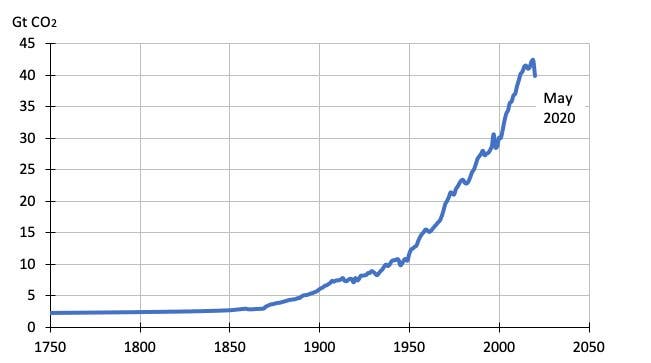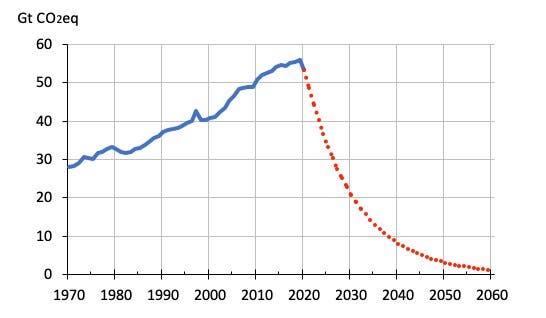The pandemic has caused a Germany-sized hole in the global economy. It’s also caused a dip in global emissions… but not a very big one.

The bad, the bad, and the ugly
Using data collected up to May 22, a new report published by an international team of researchers reports staggering implications of the coronavirus pandemic. In addition to the immense cost in human lives and health, the pandemic has caused global consumption to drop by $3.8 trillion — that’s roughly the size of the GDP of Germany. Essentially, the pandemic wiped off the equivalent of Germany from the global economy.
But there’s much, much more. Over 147 million jobs were lost — 4.2% of the global workforce, lost in months. Over $2 trillion in wages and salaries just evaporated.
Corresponding author Dr. Arunima Malik, from Integrated Sustainability Analysis (ISA) and University of Sydney Business School says that this is an economic challenge without precedent in the past century.
“We are experiencing the worst economic shock since the Great Depression, while at the same time we have experienced the greatest drop in greenhouse gas emissions since the burning of fossil fuels began,” Dr. Malik said.
So we have the bad in health, the bad in economy, but the environment should look good, right? Right…
As numerous outlets reported, pollution massively dropped during the lockdown stage of the pandemic. Fine particulate matter, NOx emissions, and CO2 emissions all fell during the months of the pandemic. This drop in emissions was doubly beneficial as it also saved many lives, in addition to aiding our ongoing fight against global heating. But if you think the pandemic will help us solve our climate woes, you’re badly mistaked.
For starters, the decline in emissions has come at the expense of economic development. Realistically, the entire world will be grappling to recover the economy as quickly as possible, and without systemic change, we’ll end up in the same situation we were before the pandemic.
But even worse, the drop just isn’t that big. Here’s a chart showing the trajectory to keep global heating at 1.5 C before preindustrial levels. Even with the pandemic, with the economy shrinking so much, with billions of people staying home, we’re just barely on the trajectory.

What does this mean? For starters, it shows that personal action isn’t enough by itself to tackle climate heating. We need systemic change if we’re serious about addressing emissions. It also shows that the environment is still at odds with the economy — at least partially. Economic growth is starting to decouple from emissions, and it is possible to increase our economy while lowering our emissions, at least to a point. However, in practice, the economy and the environment still collide, and if our priority is always the economy, we may end up paying more than we earn.
“The contrast between the socio-economic and the environmental variables reveals the dilemma of the global socio-economic system—our study highlights the interconnected nature of international supply chains, with observable global spillover effects across a range of industry sectors, such as manufacturing, tourism and transport.”
Climate impacts are expected to cost the world $7.9 trillion by 2050, and far more after that, once irreversible feedback loops are triggered. According to some analyses, climate is already costing us hundreds of billions every year, in addition to killing hundreds of thousands of people every year.
COVID-19 is a dreadful pandemic. But in a way, climate change is just like a pandemic, except the incubation period is a few decades, and the effects are far more long-lasting.






